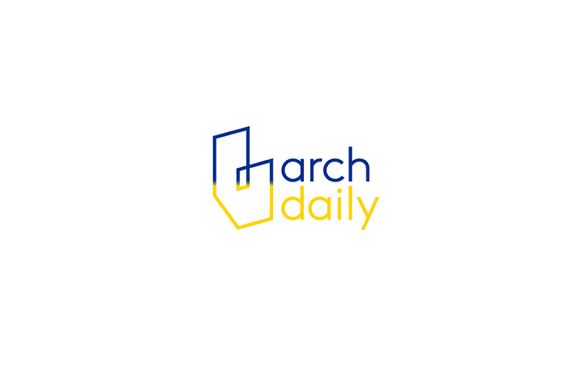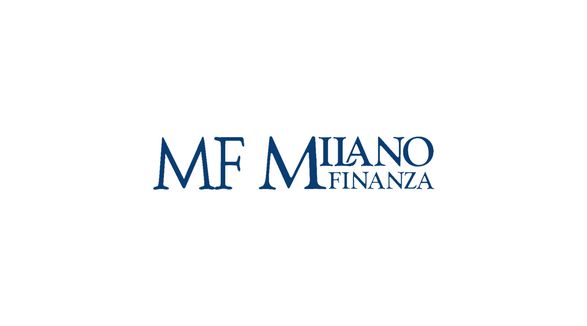The identity of a project is not a matter of signature, but of genius loci

Published
13 Jun 2019
Reading
4 min
Mario Cucinella Architects has designed a small jewel among the giants in Milan: it is the new headquarters in Coima. YouBuild has interviewed the architect Mario Cucinella who told the details of the project Coima and his idea of architecture and sustainability.
How much does the signature count in a project and how much should the architect’s hand be recognizable? In a project, the hand of the architect does not necessarily have to be recognizable. It’s not so much a question of signature, more fashionable, but a question of genius loci. A project must be contextualized and integrated, it must function and become an integral part of everyday life. The identity of a project must not only be linked to the architect’s hand but also to the building’s ability to respond to a specific place and question. This makes one project different from the other. Forcing one’s hand on recognisability means forgetting something. Personally, it’s not a problem that I’m asking myself. It is no coincidence that we are developing five projects in Milan, each with its own design identity.
Compared to the surrounding skyscrapers, the new headquarters in Coima is a small building. What are its strengths? It is a small building, a small glass box, in which the theme of transparency is fundamental. And then there is this “skin”, like a bark, that opens. A small gesture that creates that small place giving it an almost iconic identity. Compared to the skyscrapers it has and will have around it, it develops on a small scale with its own dimensional language.
Currently under construction is the Directional Centre of Unipol (also designed by MC A). Twenty-two floors of lightness will be built in the area in front of the Coima headquarters. Some anticipations? It is a project that was assigned to us through a private competition, which aims to represent the values of sustainability, performance and well-being of the insurance company. The concept of lightness is expressed through the use of glass on the façade, without forgetting the link with nature but also the human relationships that are exemplified with a wooden mesh geometry. The building is a twenty-two-storey tower above ground and three underground, with an elliptical plan and a total surface area of about 35,000 square metres. The tower will house commercial spaces, a large auditorium, offices and, on the roof, a greenhouse garden with a panoramic area dedicated to public and cultural events.
Mario Cucinella is the architect of the avant-garde in terms of sustainability in architecture. But what obstacles did he have to overcome at first? We never found obstacles to this new way of thinking about architecture because we always had enlightened clients who had embraced the cause and believed in a concept that I have always believed in. The history of architecture tells us about a great complicity with the environment and the need not to waste resources. The 1990s witnessed a shift away from this trend and now I am very pleased that, after many years, they are all returning to a path that has been commonly accepted. Perhaps now it has almost become a fashion discourse, but if fashion leads to better buildings all the better.
In contrast to the past, today we are trying to reduce the visual impact of plant engineering. What is the approach of MC A? Plant engineering must become invisible in favour of form. We are moving towards a technology that allows increasingly lighter plant solutions. Slowly we are cleaning up that wave of the past years, in particular of the 90s, in which plant engineering was on display. Although I come from that world, I would like to see nothing in the building.
Which materials do you feel closest to? Architecture is made of matter. Material in itself is the form of architecture. There are no materials in series A or B. You can also make beautiful architectures with poor materials, create emotions, and build something that also satisfies our sight. The important thing is to be able to make sense of the material. The choice of materials is also based on a question, for example if there is a need to express lightness, to interpret transparency.








